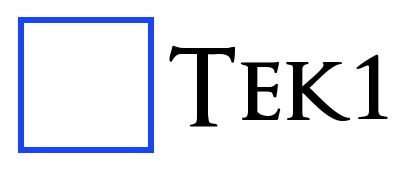Tag: bubbledeck
-
Bubbledeck Slab Shop Drawing
Extraction of individual Bubble deck Slab from Layout to Sheet Calculation for Volume and weight for minimum slab pour in Factory Placement of Lifters on the Min slab pour to lift the Min slab after pouring and curing form the factory Reinforcement setout panel copied from the Source panel Reinforcement Arrangements are done based on…
-
Precast Bubbledeck Slab Casting Process
STEP 1: TABLE PREPARATION STEP 2: CONCRETE POURING IN THE TABLE STEP 3: REINFORCEMENT SETOUT LIFITNG USING IN HOUSE LIFTERS STEP 4: REINFORCEMENT SETUP PLACEMENT IN TABLE WITH MIN HEIGHT CONCRETE ON IT STEP 5: VIBRATOR PRESSURE ON TOP OF MESH TO SUIT BOTTOM REO WITH CONCRETE STEP 6: CURING TIME FOR CONCRETE SETTING WITH…
-
How does Tek1 do Bubble Deck? Our Shop Drawing Processes
The best way is via demonstration. Please see some of the video demos we have put together. It is not by accident that our drawings come to you quickly. There are 10 distinct stages. We will upload the rest of the stages as we get and when we get an opportunity. Meanwhile, here are the…
-
Bubble Deck Panel Outline – Fire Collar Clash Check (Precast – Bubble Deck)
We’ve been noticing an increasing problem in that certain items are clashing with BubbleDeck Panel outlines. In order to eliminate these types of errors we’ve instituted a new check in our procedures. Everyone is now required to specifically check for this type of situation. This adds to our check list which is already quite long.…
-
Why Bubble Deck?
Bubble Deck – What’s so good about it? It’s fast, really fast. If you can build something quicker, than translates into making money quicker. There’s a premium on speed. Less manpower Less manpower on site. That means less potential problems to deal with. Which eventually translates into money. Generally speaking, the problems and costs…
